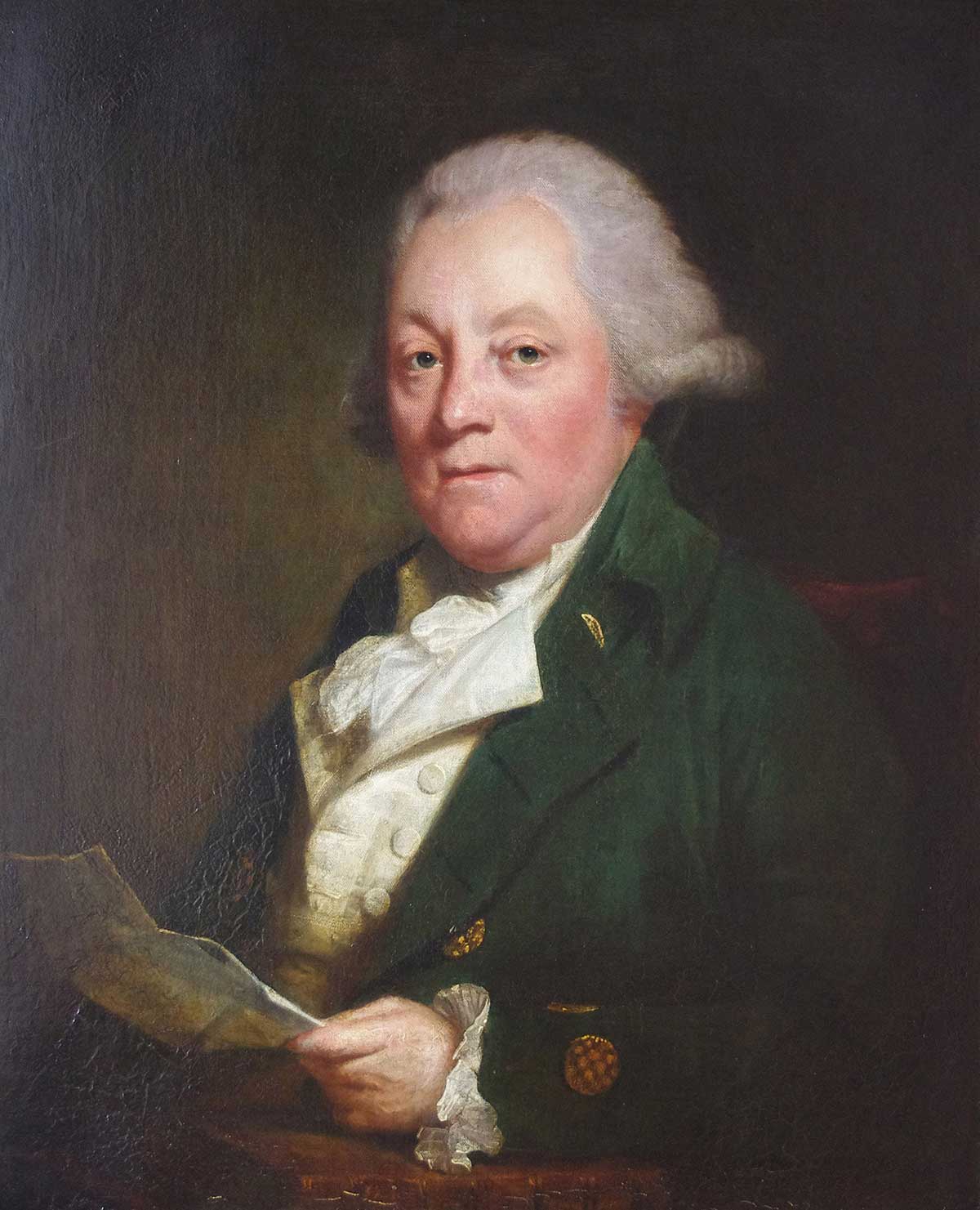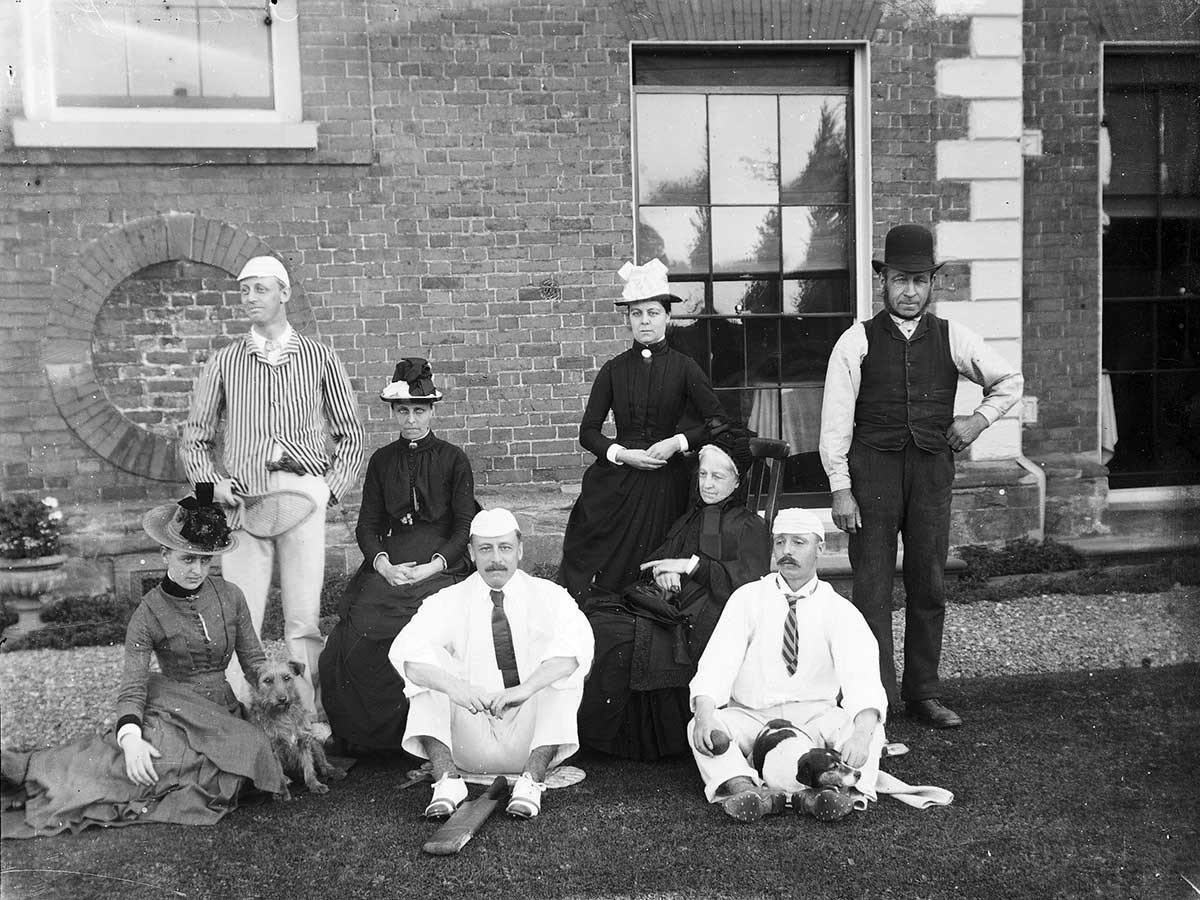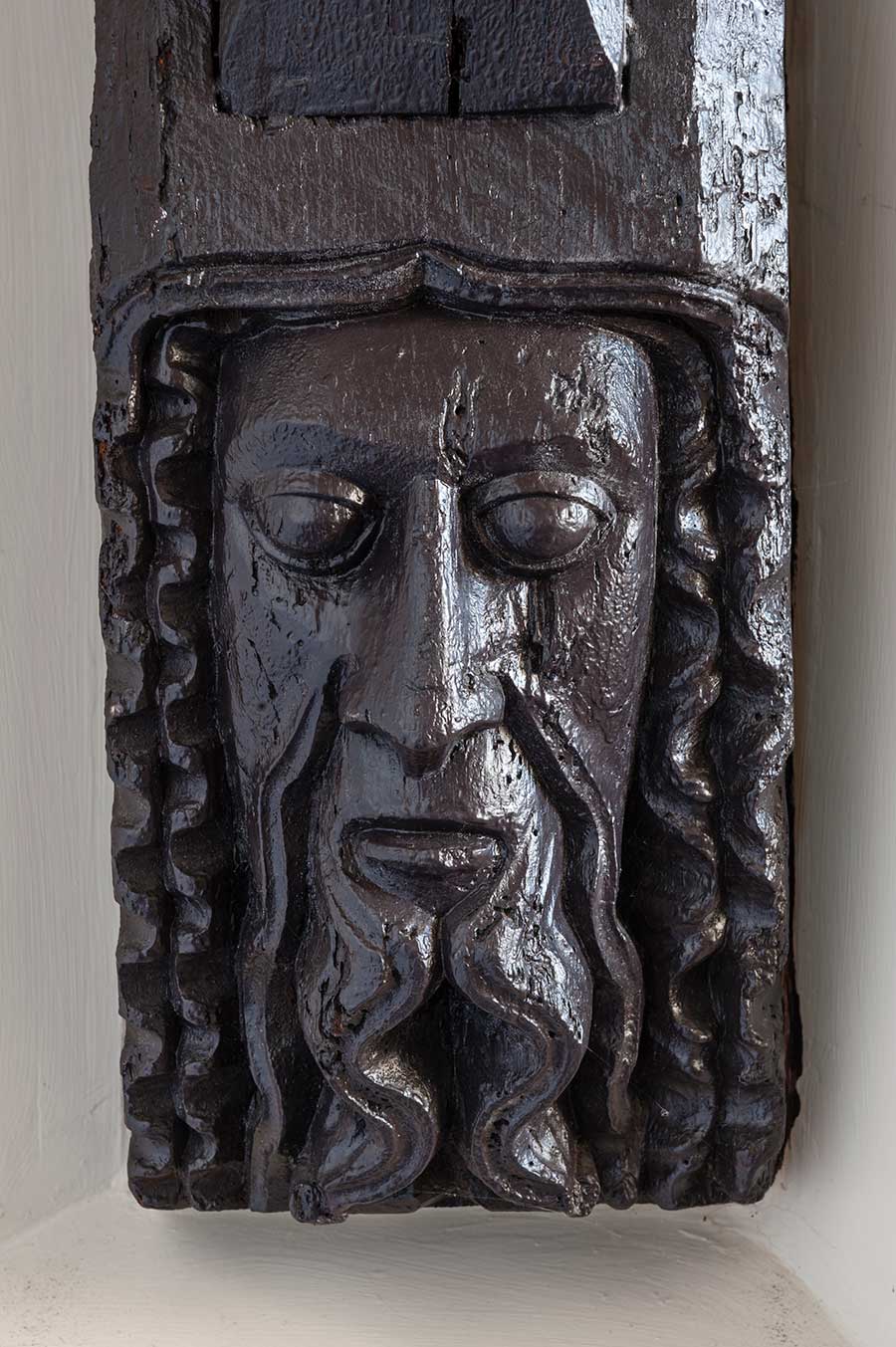Probably the most famous trial to take place there was that of Father Roger Cadwallader in 1610. He was charged with treason, being a Catholic ‘priest ordained abroad’, and was found guilty. He was executed at the Iron Cross in the town. In 1699, the roof of the Priory caught fire and the chapel was again used for services until the repairs were complete in 1705. Soon after, a fire engine house was built next to the chapel, with a schoolroom above, which was used until 1795.
John Ward (1704 – 1773) lived in Leominster in the 1750s. Ward managed a touring company of actors and hired the chapel for performances. Two of their grandchildren, Sarah Siddons and John Philip Kemble, both became national celebrities and are likely to have acted in the chapel. The Forbury was used as a theatre, school and court until the 1850s. In 1861, Thomas Sale, a local solicitor, bought both the chapel and Forbury House next door. He lived in the house and the chapel became his office. It continued as a courthouse and registrar’s office, later owned by one of Sale’s sons, William, until 1932.

Mr Sydney Bridge owned the chapel in the 1930s and 1940s. He was an eccentric businessman, who gifted Sydonia Park to the town. Mr Samuel Beaumont was the last private owner. He installed a dance floor, which was hired out for private parties and to a dance school. In 1984, the Forbury Chapel was purchased by a trust associated with the Priory church for community use.
Did you know?
When it was first built, the chapel was dedicated to Saint Thomas à Becket, the Archbishop of Canterbury who was murdered in his own cathedral in 1170.








